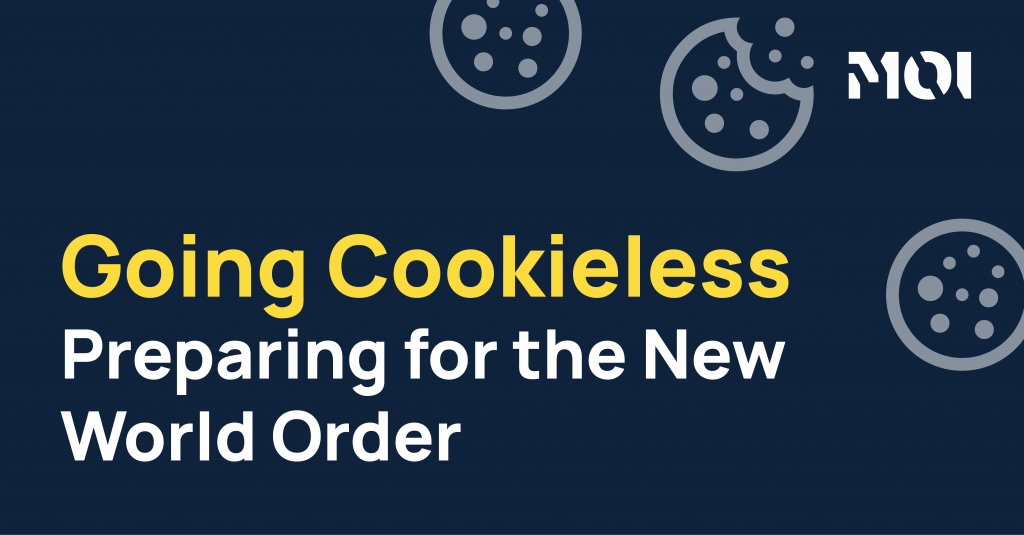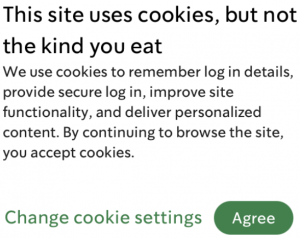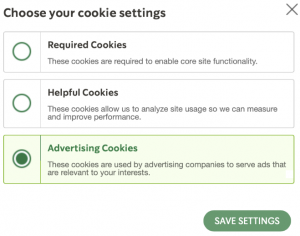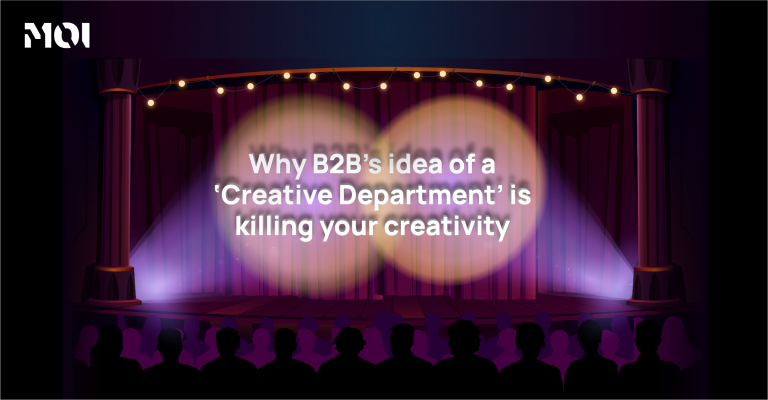
No single company (or person) is alone in this. Cookies (and lack thereof—the 3rd–party cookie to be precise—in a future state) is quite an ambiguous topic right now. And by that, we mean there are a million articles and scores of thought leaders discussing the evolution of tracking, what will happen when cookies go away, workable solutions, and so on. Unfortunately, and frustratingly they often say the same thing, just with a slight twist, and none seem to truly go into the technical weeds and discuss the why and how. And it doesn’t help that there is incredible fragmentation going on, and no one truly has an integrated cookieless solution.
MOI shared a POV on the state of cookies earlier in 2023 HERE; It’s still very relevant, but we sensed the need from many of our clients and prospects for a “refreshed” version, based on updates that may have occurred over the last 6 months; especially with some key milestones that have already taken place in 2024, cue, Google disabling 1% of cookies. Oh, and we’ll be updating our perspective, each quarter throughout 2024.
How will being cookieless affect integrated B2B strategies?
In short, 3p cookies disappearing will affect most if not all our integrated strategies in B2B. We’ve highlighted three components we expect to see a heightened focus on, over the next six months
- Lean in on Contextual Targeting: It’s coming back like 2009. Testing and embracing context is going to be non-negotiable. The good news, unlike legacy contextual targeting, is there are new/AI/advanced targeting capabilities that will support a stronger UX. “In response, advertisers can expect a surge in contextual solutions, hinting at a renewed interest in metadata and taxonomy. The success of contextual strategies hinges on accurate information that is universally interpretable throughout the bitstream. So, when every publisher tags or categorizes its content differently, it makes even simple contextual targeting a lot less versatile” – eMarketer
- Focus on Brand and Content: This cannot be swept under the rug; building brand is forecasted to be a priority. But it’s not just about creating content for content’s sake, or investing in brand advertising (TOFU, reach plays). What’s most important is experience—ensuring that both brand and content are built for the consumer by supplying utility, relevancy, and uniqueness. Will this require an investment? Yes. Will you have to rebuild and/or reorg your resources? Most likely. Will it better support long-term brand preference and growth? Absolutely.
- Invest in Partnerships: Whether it be from the approach of partner marketing , building direct relationships with large publishers, or looking to co-ops, finding the right partner(s) with a shared vision for a safe and scalable cookieless future, and 1st-party + 2nd-party approach will strengthen your ability to achieve reach and drive impact with your pipeline.
How will pipeline measurement look different in the future?
Measurement/attribution will require a birds-eye-view of integrated programs instead of looking at channel by channel impact.
- Revisit Measurement: As mentioned above, how we all approach measurement today will be somewhat irrelevant (cue gasps); we’ll be forced to reevaluate how we measure performance in the absence of cookies—which currently allow us to track influenced performance, post-impression performance, etc. Zooming out and measuring impact via brand studies, control and exposed scenarios, and site traffic trends/engagement, is something not to be ignored. KPIs too will need to focus less on channel-attributed performance and overall impact on marketing programs. And how are others thinking about making this possible, you may ask? Hint: A/B testing, i.e. eliminating specified groups of audiences for a period. Yes, this can be risky, and costly, especially for B2B vs. B2C. This is because sales cycles are so much longer. But we, and many other thought leaders, believe this to be a strategic play to learning more about what motions drive what outcomes.
- First and Last Touch are out: Relying on a limited view of attribution is already a bad idea. Models using first and last touch often yield a false sense of progress and an inaccurate portrayal of what’s driving influence (unless you’re using them to show correlation instead of causation). Especially with cookies phasing out, marketing tactics that don’t result in a post-click conversion will be considered a failure, which is an immature reaction.
How will executive dashboards evolve beyond 2024?
Dashboards will require a transition into what we like to call ‘Decision Boards’, focusing less on fluffy metrics and more on indicators of brand health.
- Reduction of vanity metrics and engagement based upper funnel KPIs as leading indicators of success.
- More focus on website and pipeline trending data.
- More focus on program level performance, not channel specific outcomes.
- Incorporation of SEO and competitor data.
How will conversations with the CEO and decision makers need to change?
Education, patience, and realigning on expectations.
- Invest in testing. There’s no way around this.
- First party data – collecting, maintaining, building – must be a focus.
- Cookieless solutions are out there, but they/audience reach won’t be as scalable as they are currently.
- Measurement frameworks and KPIs absolutely cannot rely on historical models.
- And finally, the future simply isn’t predictable.
What steps are needed to begin preparing?
This is a scary place to be, especially if you and your organization are yet to grasp the impact and/or begin to prepare. While there are a myriad steps you can take to get your brand to a better place in the context of cookieless, don’t feel the need to boil the ocean all at once.
- The use of 1st-Party (1p) Data: Put a heavy emphasis on 1p data: not just gathering it, but cleansing it and having an extremely buttoned-up approach to data integrity and governance within your company’s DMP / CDP. Here’s a great and simple example, from Starbucks:


- Interrogate and Explore Alternative Solutions: Start having calls with data providers, leaders in the space, B2B platforms, and so on and ask questions, interrogate, dive deep, etc., so you and your stakeholders begin to develop a companywide POV and eventually align on how to start tackling the new normal. The end goal is to ensure alternative ID solutions linked to devices withing a comprehensive identity graph sans the use of cookies.
- Button up Compliance: Re-audit all platforms and partners you’re working with, to ensure they check the boxes on privacy, compliance, safety, visibility.
Looking ahead
The biggest point we want to make (and one that has been echoed by industry leaders across the board) is that there is no unicorn, silver bullet, or magic solution to the demise of cookies; some of today’s solutions may seem great, but they will be segmented vs. all inclusive (ie. these won’t scale across all your segments/channels/programs), and less than 5% of the industry will be truly prepared when the time comes.



